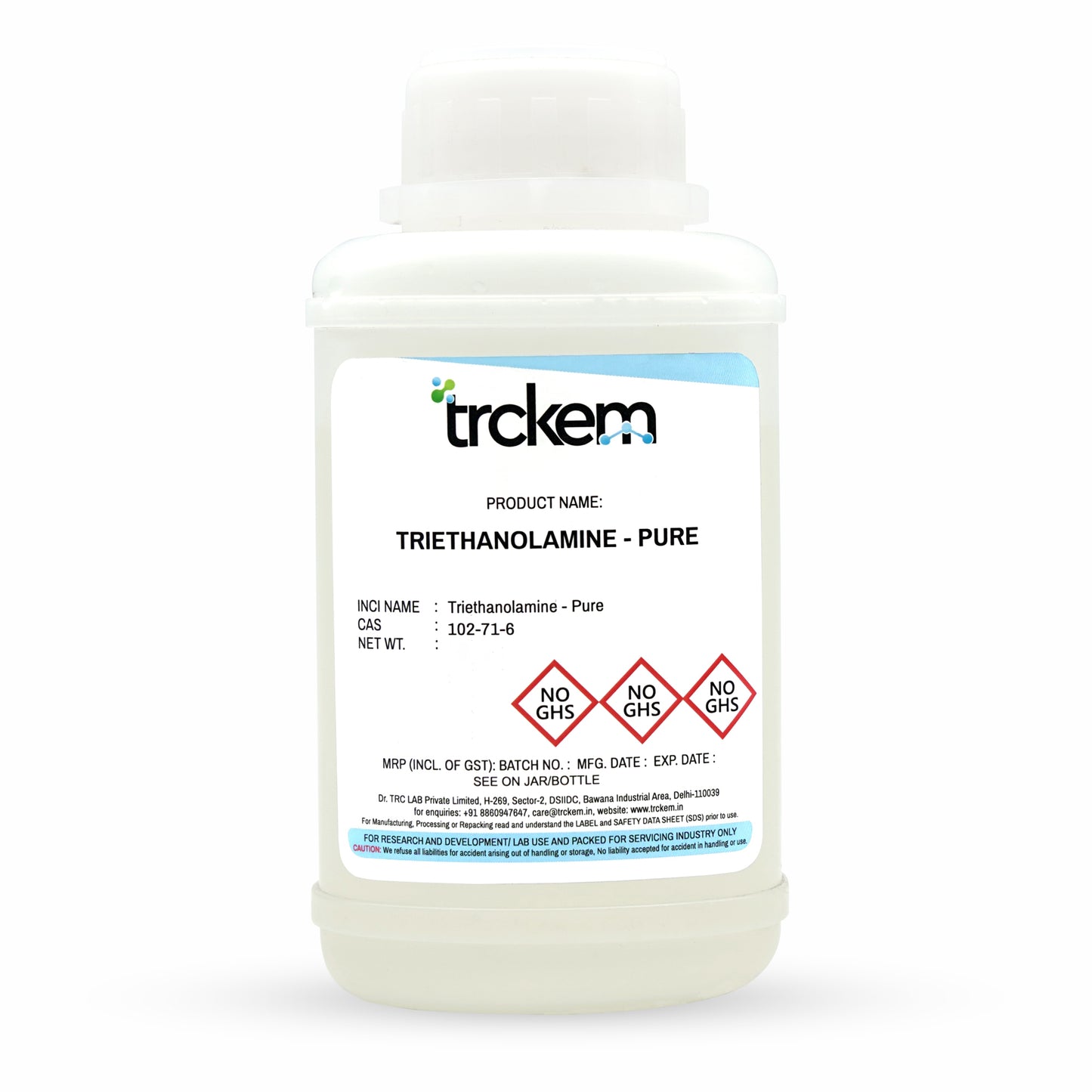
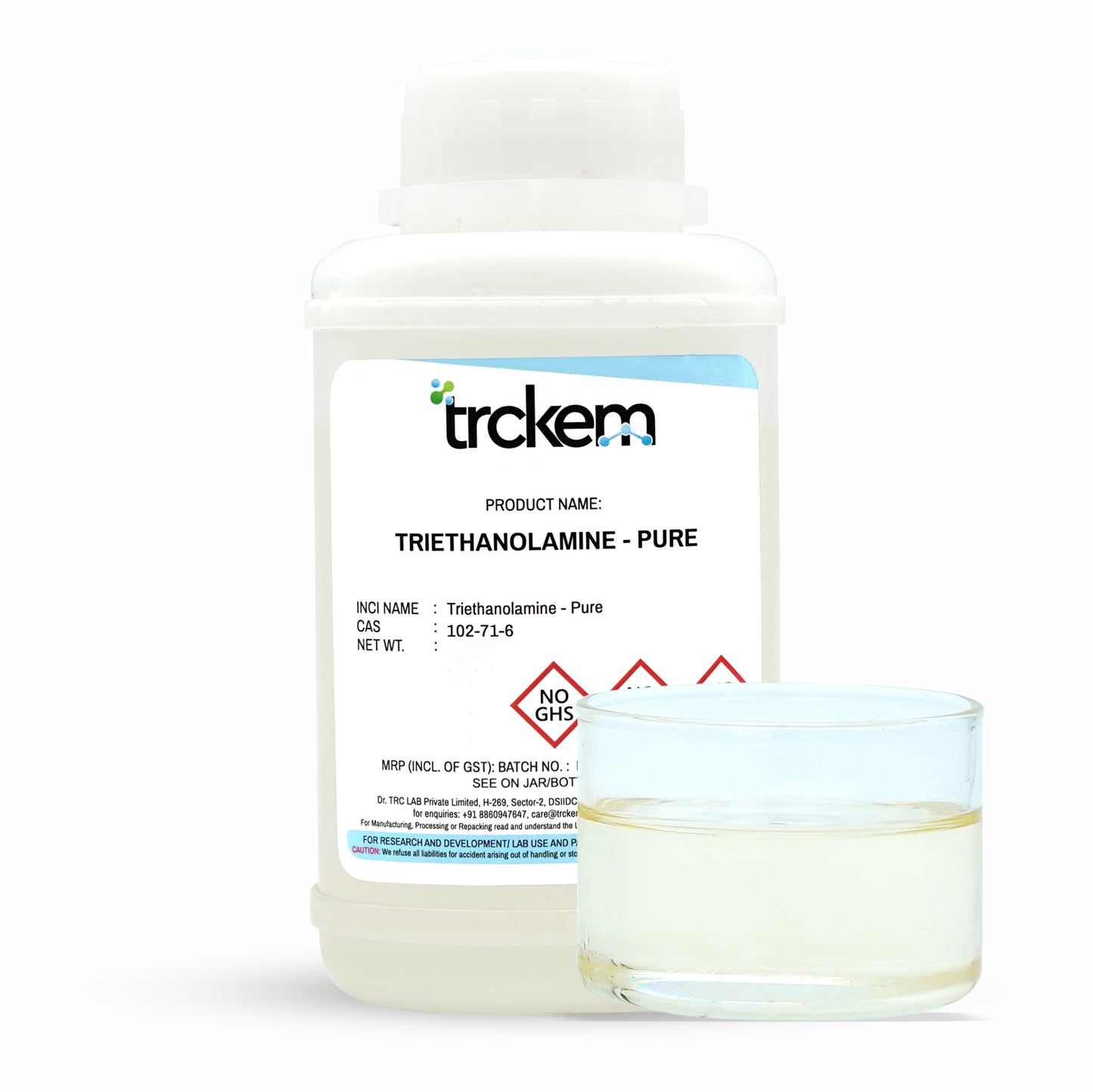
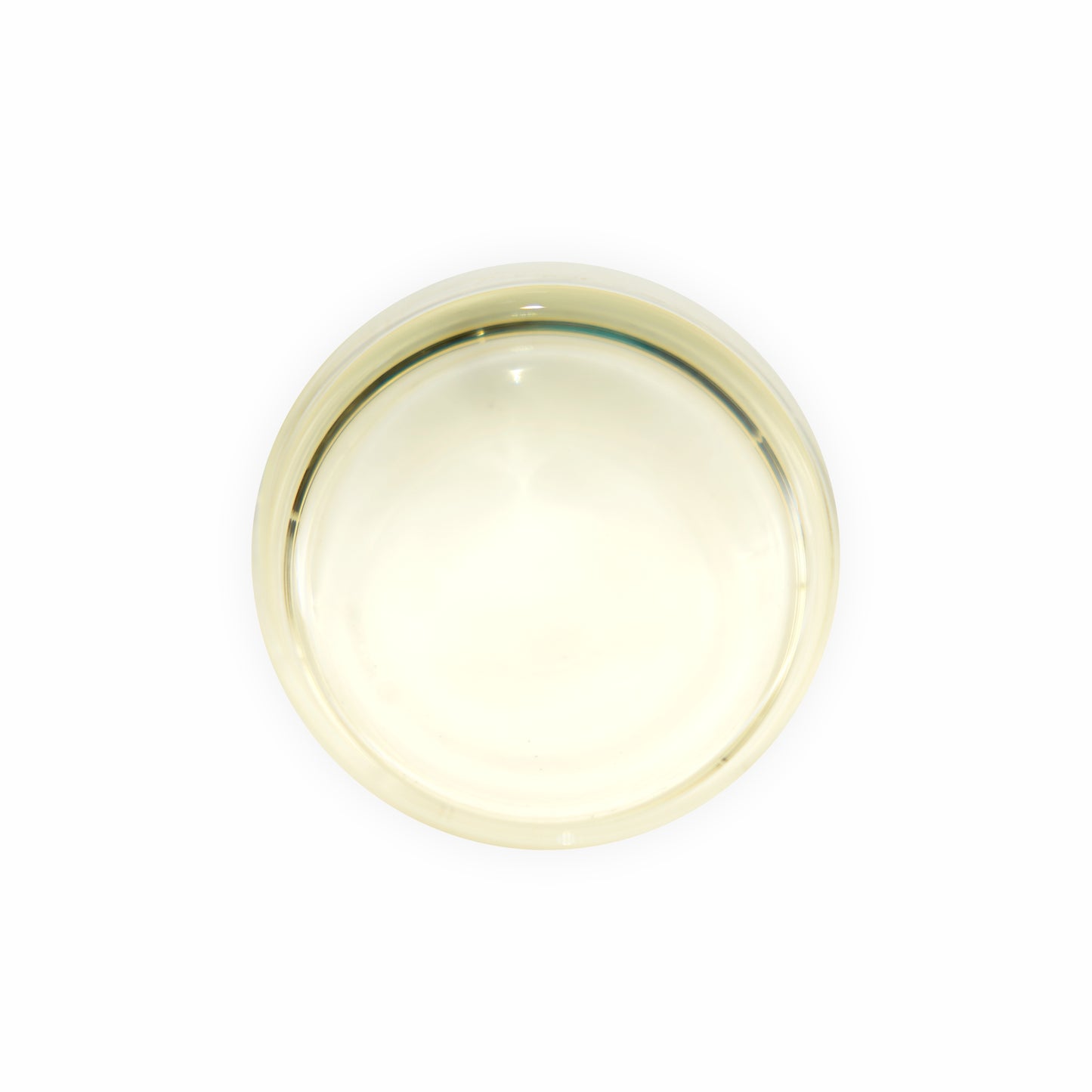
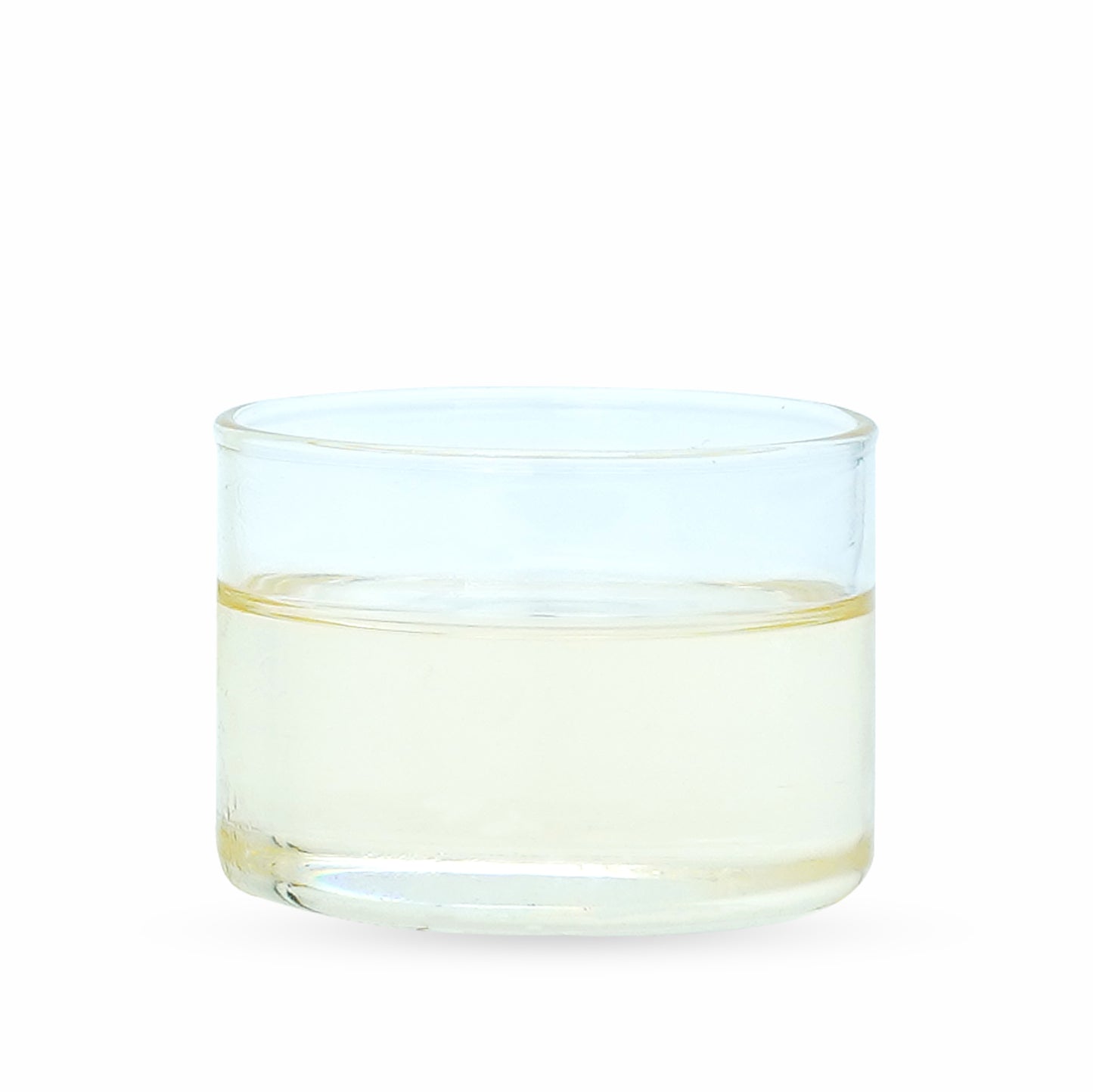
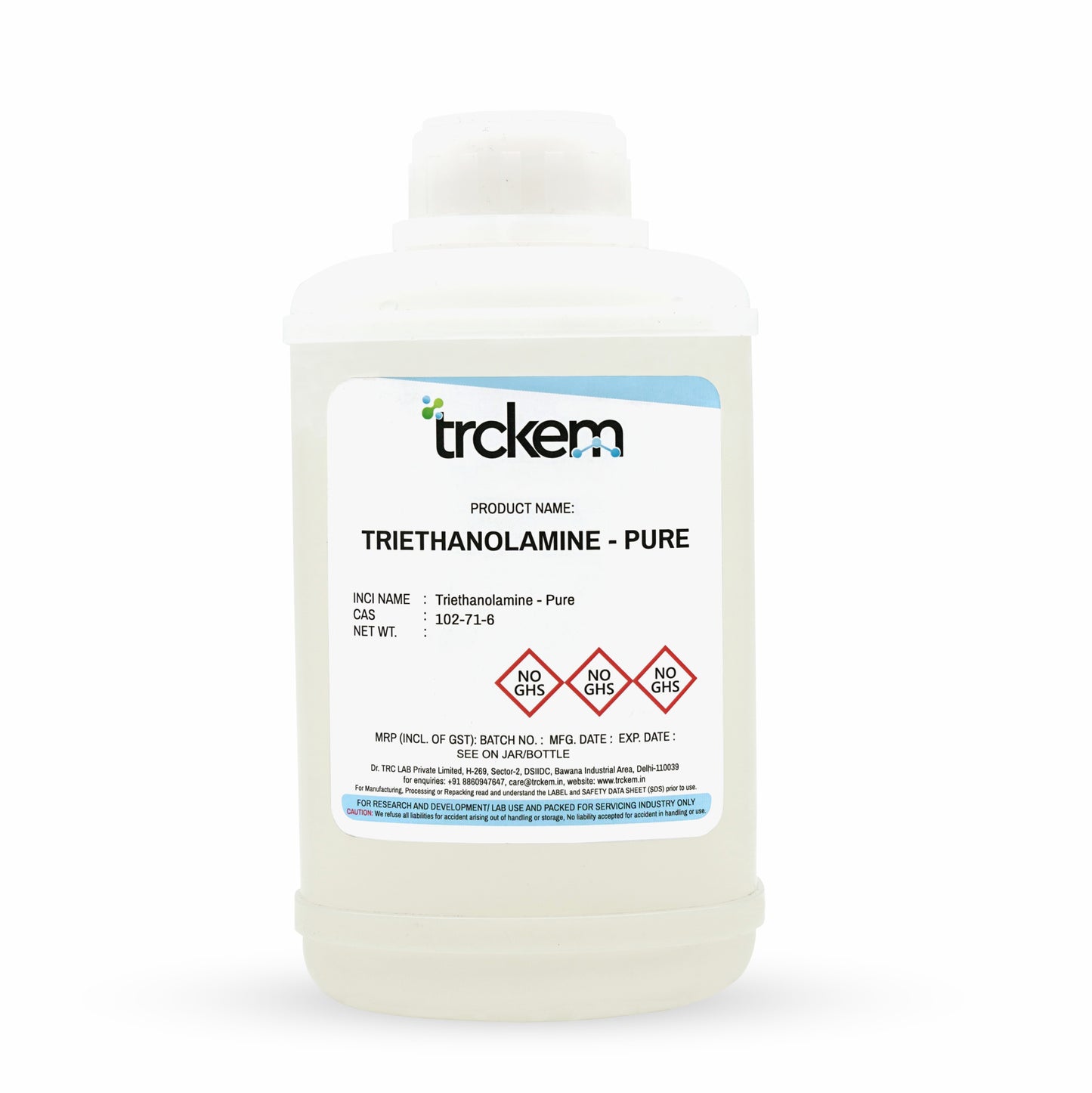
FAQ (Frequently Asked Questions)
1. What is Triethanolamine?
Triethanolamine (TEA) is an organic compound composed of a tri-alcohol and an amine. It appears as a colorless, viscous liquid and is widely used in various industries, including personal care, due to its versatile properties.
2. What is the INCI name of Triethanolamine?
The International Nomenclature of Cosmetic Ingredients (INCI) name for Triethanolamine is "Triethanolamine."
INCI BEAUTY
3. What is the CAS number of Triethanolamine?
The Chemical Abstracts Service (CAS) number for Triethanolamine is 102-71-6.
4. In which personal care products is Triethanolamine commonly used?
Triethanolamine is commonly used in:
Shampoos and Conditioners: Serves as a pH adjuster and emulsifier, ensuring product stability and performance.
Lotions and Creams: Acts as a neutralizer and emulsifier, aiding in the formation of stable emulsions.
Facial Cleansers: Functions as a pH adjuster, maintaining the skin's natural balance.
Toothpastes: Used as a surfactant to aid in the dispersion of other ingredients.
5. Is Triethanolamine safe for use in personal care products?
Triethanolamine is generally considered safe for use in personal care products when formulated appropriately. It is used as a pH adjuster and emulsifier in various cosmetic formulations.
6. Are there any known side effects or concerns associated with Triethanolamine?
While Triethanolamine is widely used in personal care products, it is important to use it within recommended concentrations to avoid potential skin irritation. Formulations should be carefully balanced to ensure safety and efficacy.
7. How does Triethanolamine compare to other pH adjusters in cosmetics?
Triethanolamine is a versatile pH adjuster and emulsifier, commonly used in cosmetic formulations. Its effectiveness and safety profile make it a preferred choice in many personal care products.
8. Can Triethanolamine be used in formulations for sensitive skin?
Yes, Triethanolamine can be used in formulations for sensitive skin when used within recommended concentrations. It is important to ensure that the final product is balanced to maintain skin safety and efficacy.
9. Is Triethanolamine biodegradable?
Yes, Triethanolamine is biodegradable. However, its environmental impact depends on the concentration and the presence of other ingredients in the formulation. Proper disposal and formulation practices are essential to minimize environmental effects.






